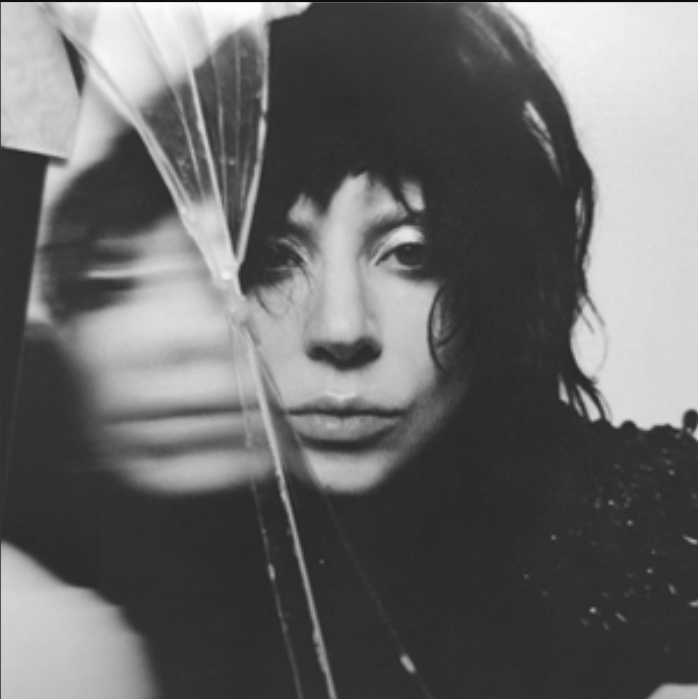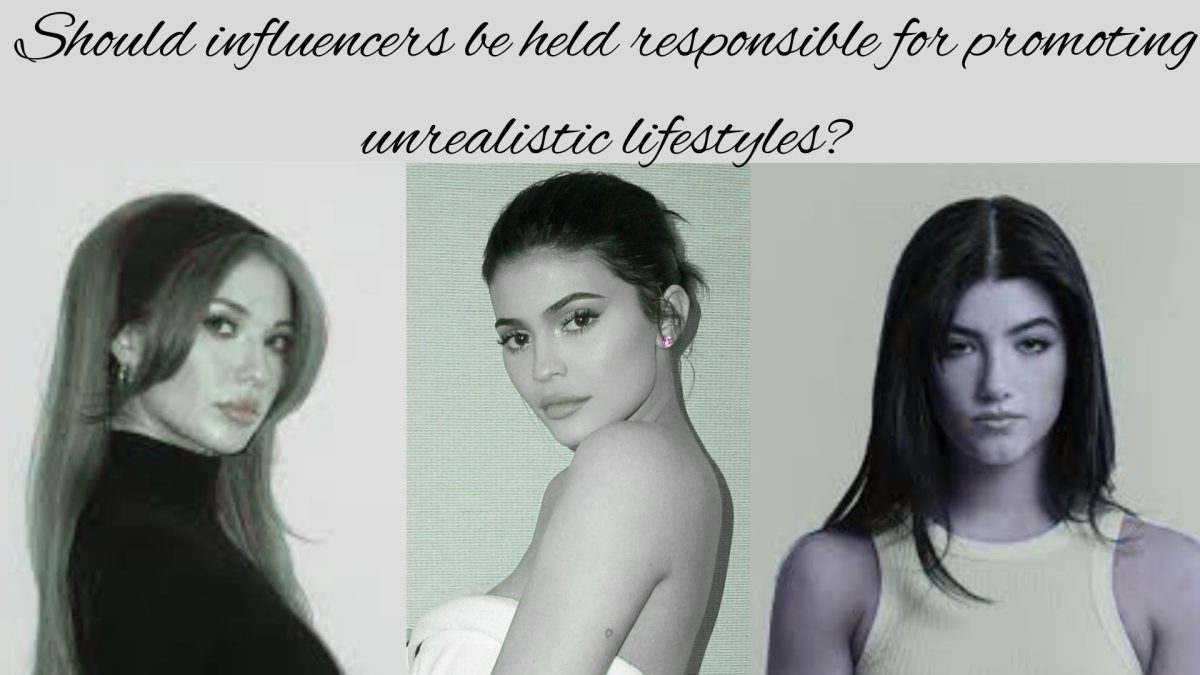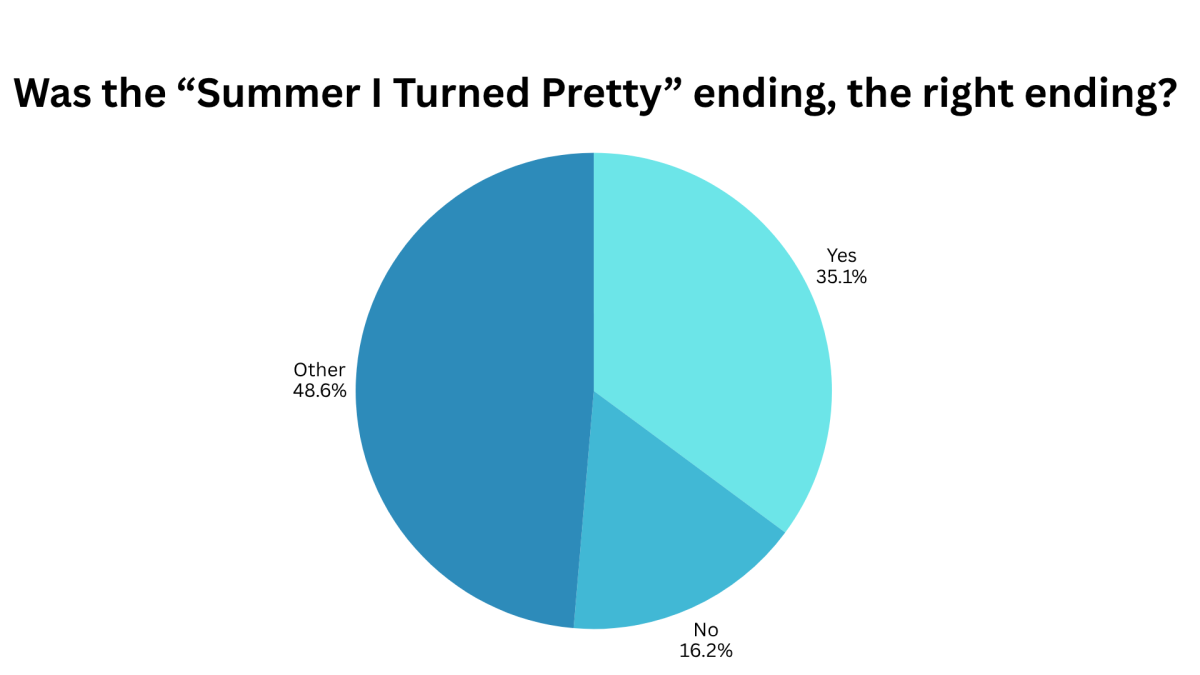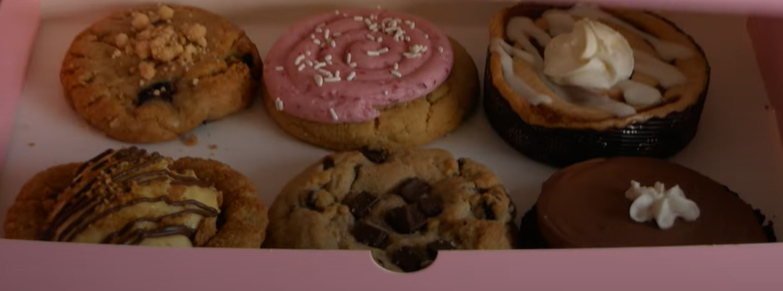“Barbie Life in the Dreamhouse” is a kids TV show originally released on Youtube and later picked up by Netflix in 2012. It features Barbie, her friends Midge, Niki, and Summer, her boyfriend, Ken, and her sisters Chelsea, Stacey, and Skipper. It also features Raquel and her brother, Ryan, who frequently try to disrupt life in Barbie’s Dreamhouse.
“Barbie Life in the Dreamhouse” episodes usually consist of summer parties, pool parties, beach parties, exploring Barbie’s massive closet, or saving the world from robots. This show’s targeted audience is little kids, but it’s also enjoyable for my family and I.
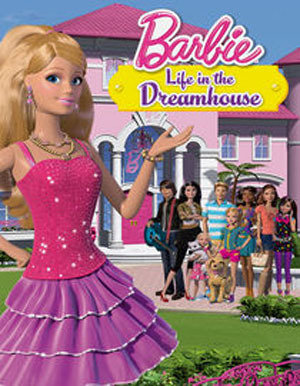
The main reason “Barbie Life in the Dreamhouse” is so enjoyable to watch at an older age is its humor. While most “Barbie” TV shows, such as “Barbie Dreamhouse Adventures” (2018), try to ignore the fact that Barbie is a doll and tell a story as if she were a real human, “Barbie Life in the Dreamhouse” (2012) takes a different approach.
From cracking jokes about polyvinyl chloride (what the “Barbie” dolls are made of) to their hair never growing back after being cut, Barbie and her friends are written as very aware of their current state as dolls.
In season three, episode five of “Barbie Life in the Dreamhouse,” Barbie’s childhood friend, Midge, visits her. Because the Midge dolls were really only popular in the early years of Barbie, Midge, sporting a grey 1960s poodle skirt, has a very black and white appearance, literally!
Because “Midge” dolls haven’t been popular for the past 60ish years, her town Willows, Wisconsin has been stuck in the 1960s where the “Barbie” commercials were in greyscale.
Another way “Barbie Life in the Dreamhouse” is uniquely comedic is all the objects and sets. Because the characters are portrayed as actual dolls, they’re literally doll sized. This makes all the objects they interact with, such as hairdryers, batteries, mascara, and some foods the same size they would be if a human was holding them in the same world.
In the first episode, when Barbie and Niki are doing their makeup, the mascara and lipstick they use is the same scale it would be if a little girl held up her mom’s mascara to her dolls; it’s way oversized. Along with this, the sets and backgrounds in “Barbie Life in the Dreamhouse” are also clearly replicas of the backgrounds someone would find in the back of a box of a real “Barbie” doll.
This style of unique humor is commonly referred to as “meta.” As described by Merriam-Webster, meta is “showing or suggesting an explicit awareness of itself or oneself; cleverly self-referential.” (Merriam-Webster.com) For long-time “Barbie Life in the Dreamhouse” watchers, “clever” is definitely an accurate description of this show.
“Barbie Life in the Dreamhouse”’s meta humor is something I find frequently in comedy shows targeted more towards adults, like “Family Guy” and “The Simpsons,” so having this similar ‘poking-fun’ humor in a kids show is rare. This self-aware comedy makes “Barbie Life in the Dreamhouse” a comedy staple. It’s enjoyable for the whole family because they’re not just watching a kids show, they’re watching a show with simple themes and characters with funny and clever jokes.
Whether you’re watching kids shows alone or with your family, “Barbie Life in the Dreamhouse” is something all comedy fans can enjoy. Don’t be discouraged by the simple animation or low age rating on Netflix; “Barbie Life in the Dreamhouse”’s meta humor is a hidden comedy gem that we all can enjoy.

